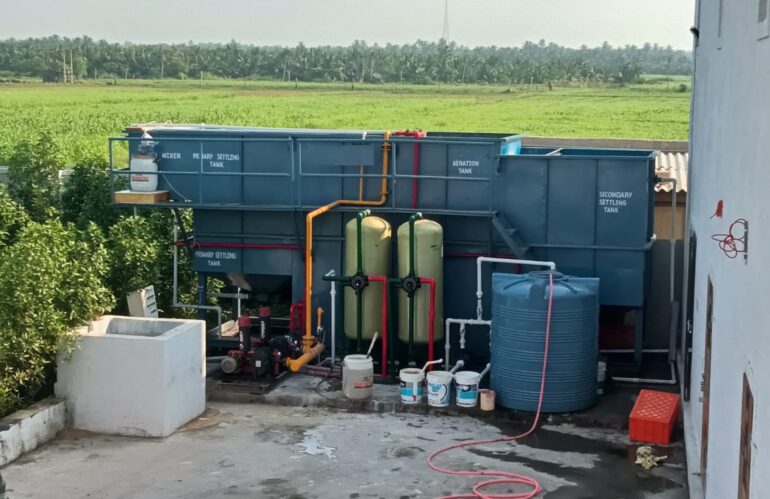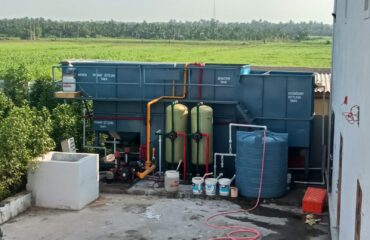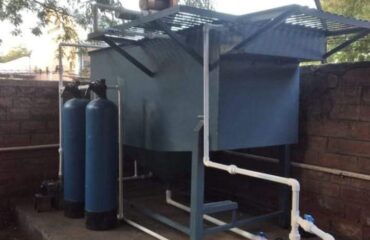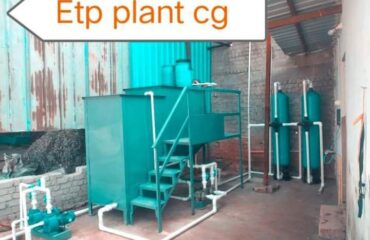In the dynamic landscape of industrial development, responsible waste and wastewater management take center stage. At the heart of this responsibility lies the Effluent Treatment Plant (ETP). This article delves into the crucial role played by Effluent Treatment Plants, focusing on Puri, and their contribution to fostering cleaner and more sustainable industrial practices.
Understanding Effluent Treatment Plants
An Effluent Treatment Plant, commonly known as an ETP, is a specialized facility meticulously designed to treat industrial wastewater and effluents before their release into the environment. The primary objective of an ETP is to remove harmful contaminants and pollutants from wastewater, ensuring its safe discharge without detriment to ecosystems. These plants are fundamental to responsible industrial practices, especially in regions like Puri, where environmental consciousness is paramount.
The Relevance of ETPs in Puri
Puri, located along the pristine coastline of Odisha, India, is a city renowned for its cultural heritage and natural beauty. While industries in Puri are relatively limited, the region’s commitment to environmental preservation is unwavering. Here’s why ETPs are relevant even in a city like Puri:
- Environmental Conservation: Puri’s natural beauty, including its stunning beaches and the Jagannath Temple, must be preserved. ETPs play a pivotal role in ensuring that any industrial effluents are thoroughly treated, preventing contamination of the surrounding environment.
- Enhancing Environmental Ethics: Puri’s reputation as a cultural and religious hub emphasizes the need for ethical and environmentally responsible practices. Implementing ETPs underscores a commitment to environmental ethics.
- Anticipating Future Growth: While Puri may not be heavily industrialized at present, responsible waste management practices are vital as the city develops. Implementing ETPs early ensures that sustainable practices are ingrained in the region’s growth.
How ETPs Operate
Effluent Treatment Plants employ a range of physical, chemical, and biological processes to effectively treat wastewater. Here’s a simplified breakdown of the typical ETP process:
1. Pre-Treatment
Before actual treatment commences, wastewater undergoes pre-treatment to eliminate large solids, oils, and grease. This preliminary step prevents damage to ETP equipment and ensures a smoother treatment process.
2. Primary Treatment
During primary treatment, the wastewater undergoes physical processes such as sedimentation and flotation. This phase allows a significant portion of suspended solids to settle down, forming sludge that can be further processed.
3. Secondary Treatment
The core of the ETP process lies in secondary treatment, which utilizes biological methods to break down organic matter. Microorganisms consume pollutants, transforming them into harmless byproducts such as water and carbon dioxide. This stage significantly reduces the chemical oxygen demand (COD) of the effluent.
4. Tertiary Treatment
For meeting stringent discharge standards, some ETPs incorporate a tertiary treatment stage. In this phase, advanced filtration methods or chemical processes further refine the effluent, ensuring it meets the required quality parameters.
5. Discharge or Reuse
Following treatment, the effluent is either discharged into the environment or, in some instances, reused for industrial processes or non-potable purposes. The choice depends on local regulations and the specific needs of the industry.
Benefits of Effluent Treatment Plants
Effluent Treatment Plants offer a multitude of advantages, even in a city like Puri:
- Environmental Responsibility: ETPs reinforce the commitment to environmental responsibility, aligning with Puri’s ethos of preserving its natural beauty.
- Sustainable Growth: As Puri continues to develop, implementing ETPs from the outset ensures that industrial growth is sustainable and environmentally friendly.
- Cultural and Religious Sensitivity: The presence of religious and cultural landmarks necessitates a heightened sense of environmental consciousness, making ETPs a crucial component of responsible industrial practices.
In Conclusion
Effluent Treatment Plants, though not heavily demanded in a city like Puri, symbolize a commitment to responsible industrial practices and environmental preservation. Puri’s unique cultural and natural heritage deserves to be safeguarded, and ETPs play a pivotal role in achieving this goal. While the industrial landscape of Puri may be modest, embracing sustainable practices, including efficient wastewater management, sets a commendable precedent for the city’s future growth and development.
By prioritizing environmental ethics and sustainability, Puri can continue to thrive as a cultural and natural treasure for generations to come, with Effluent Treatment Plants as one of its guardians.




